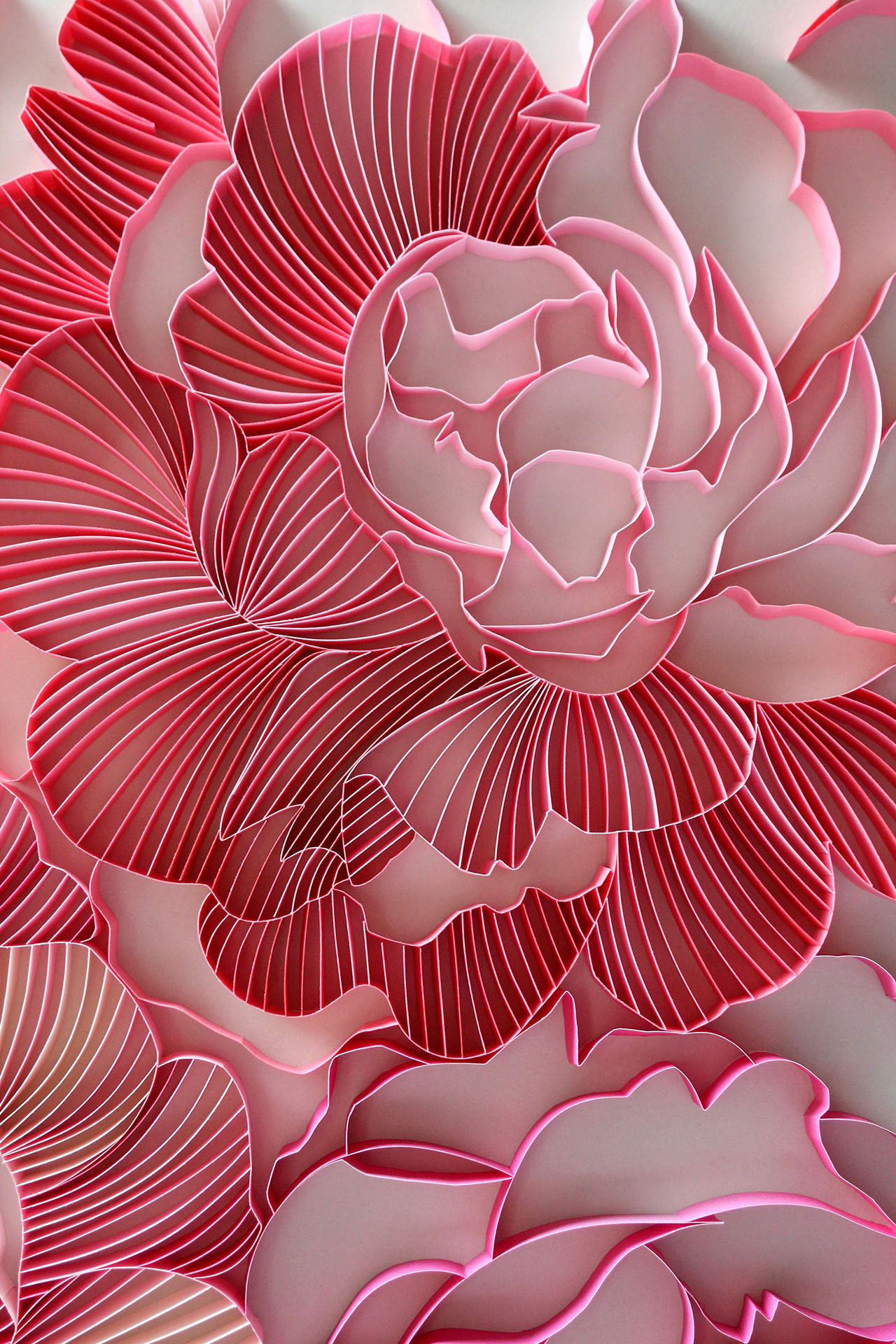OAO WORKS || 31.3 Polygon Glassware - Blown and Cast Glass

31.3 is a group of 41 or 18 individual glass elements designed to be arranged into compositions.
31.3 Polygon Glassware is a project that is part of Omer Arbel’s loose portfolio of objects, curiosities, and ideas established within OAO Works. Based between Vancouver and Berlin, Omer Arbel cultivates a fluid position between the fields of architecture, sculpture, invention and design. Focal themes of his work include investigation of intrinsic mechanical, physical, and chemical qualities of materials and exploration of light as a medium. With the 31.3 Polygon Glassware project, OAO’s relationship with Czech glassmaking masters brings in rare form and colours in glassmaking.
The departure points for the 31.3 project are twofold: a mathematical query into geometric tiling on the one hand, and the investigation of ancient colour formulas in Czech glassmaking on the other. These formulas cannot be carried out by contemporary glass producers anywhere outside of the Czech Republic – a fact which is at least partially owed to a choice of rather peculiar ingredients for glassblowing, including bones of a rare species of cattle bred in a remote region of the country.
The forms of 31.3 are derived from a particularity known as the five-fold tiling problem. It was once believed that a surface could only be filled completely and symmetrically with tiles of three, four and six sides. In the 1970s, British mathematician Roger Penrose discovered that a surface could be tiled in an asymmetrical, non-repeating manner in five-fold geometry with just two shapes. 31.3 brings compositional consideration to the five-fold geometry by offering three distinct shapes (a polygon and two distinct diamond forms), adding aesthetic considerations to the mathematical ones.
The treatment of colour for the glassware is the result of ancient formulas from the Czech glassmaking tradition, some of which date back to the 1600s. These guarded formulas are in the custody of various glass masters in the Czech Republic, passed on and refined from generation to generation, often employing peculiar and arcane ingredients such as animal bones, plants and minerals gathered from the Czech countryside. This alchemical approach to colour stands in sharp contrast to the mass customization and optimization occurring in contemporary glass colour formulation elsewhere in the world, and consequently yields unique, mysterious, and unexpected tones rarely found in the contemporary colour lexicon.
OAO’s relationship with the various Czech masters is open ended, allowing the masters themselves to decide what colours to melt and how many pieces to make every month. Shipments of finished glass are received at the studio and parcelled into sets without any colour composition or selection on OAO’s part. As such, no two sets are alike. The diamonds in the pattern are cast as solid elements, with the polygons blown hollow and as delicate as possible. Once these discreet colourful elements are grouped together following the five-fold geometry, new colours and relationships emerge through reflection and transparence.
As a singular form, one will admire how shadows and light transform the piece, and as a collection, the intricate and harmoniously relationship between and within the group.
Learn more about Omer Arbel’s other fascinating works and projects exploring other materials and art mediums by visiting the OAO Works website here.
Photos courtesy of OAO Works.





